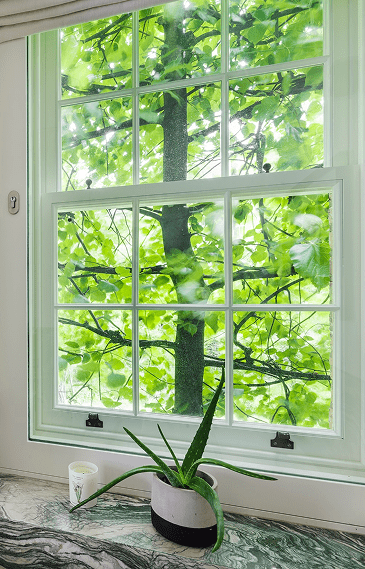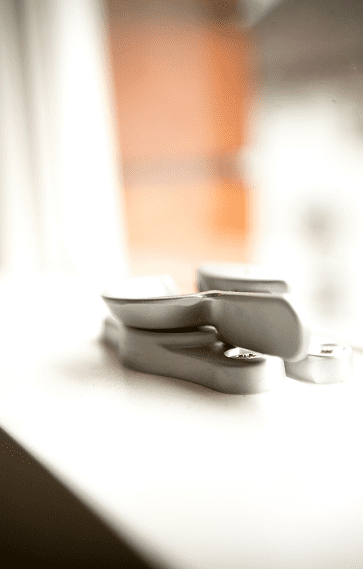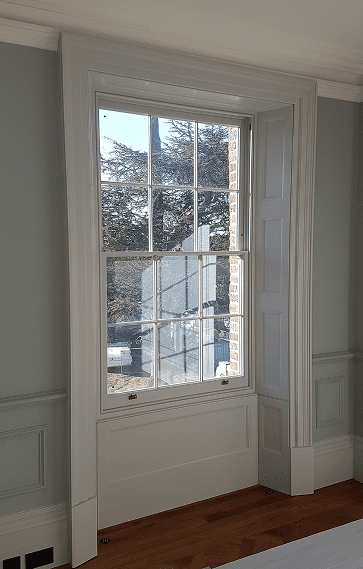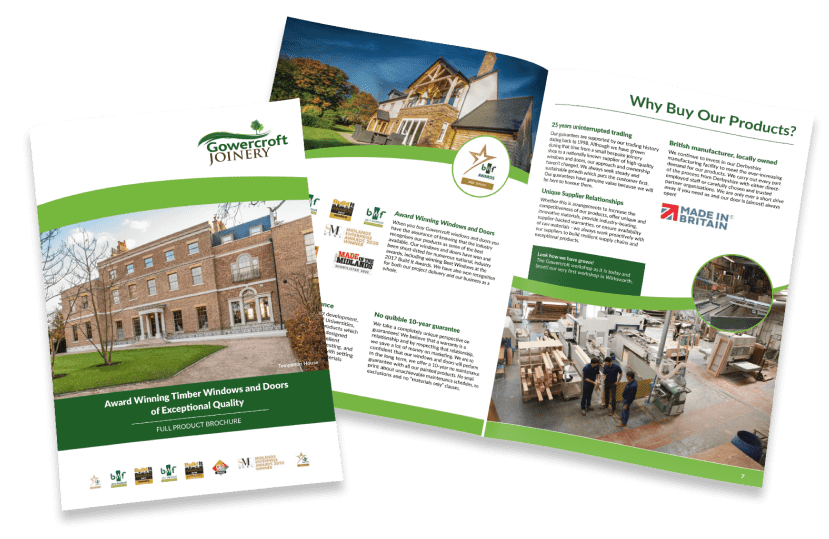Framing the World with Elegance
“Elizabeth went to a window to enjoy its prospect… from every window there were beauties to be seen.”
— Jane Austen, Pride and Prejudice
You step towards the window, fingertips grazing the cool timber of the sash as you lift it effortlessly. You can see a rolling countryside stretching towards the horizon, a historic square alive with quiet morning bustle, or a peaceful garden where golden sunlight filters through the trees.
For centuries, sash windows have done more than bring in light and air, they have framed the world beyond. Offering symmetrical elegance and framing breathtaking vistas beyond, they are the epitome of window sophistication.
The Winston Heritage Sliding Sash Window continues this tradition. Crafted for Templeton House, Winston Churchill’s former London home, and designed to uphold the character of Britain’s finest period properties.
Created to meet the highest conservation standards, it has since been featured in Downton Abbey, Compare the Market adverts, and other period productions, proving its authenticity on and off the screen. With vacuum glazing, patented SashSealer technology, and class 4 air permeability, the Winston offers uncompromised beauty with cutting-edge performance.
Exceptional insulation, effortless operation, and meticulous attention to detail make it the perfect choice for listed buildings and conservation area homes, where history and comfort must exist in harmony.
No compromises. No unnecessary maintenance. Just timeless craftsmanship, redefined for modern living.




A Window with a Higher Purpose
Sash windows frame the world beyond, drawing in natural light and offering perfect views, just as they did for Elizabeth Bennet at Pemberley.
Unparalleled Energy Efficiency
Vacuum glazing achieves U-values as low as 1.09 W/m²K, offering better insulation than modern double glazing while maintaining the slim profile of historic glass.
The Only Class 4 Airtight Traditional Sash
Patented SashSealer technology eliminates draughts, delivering the only Class 4 Air Permeability rating for a traditional sliding sash window.
Effortless, Balanced Operation
Hung on traditional lead weights for smooth, controlled movement, with the option of concealed spiral balances for a modern alternative.
Security with Period Detail
Fitted with traditional fitch fasteners, pulleys, and sash limiters, available in a range of finishes to suit period interiors.
Refined Historic Aesthetics
Slim 22mm glazing bars and putty-pointed external bars replicate the elegant detailing of original sash windows while enhancing durability.
Guaranteed for a Lifetime
Covered by a 10-year no-maintenance guarantee, with the option for indefinite coverage through TimbaCare, ensuring expert maintenance for years to come.
Discover the perfect windows and doors for your home! Download our latest options booklet for detailed guidance and inspiration to help you make the best choice.
All figures are given based on an industry standard product to allow easy comparison of performance between our products and other industry products.
Not sure which product is right for you? Use this at-a-glance guide to see the difference in our comparable products.
Remember, if you have a Listed property you will need to select products from the Heritage Range
Would you like to hear more about how our award winning windows and doors can enhance your home?
Call our friendly sales team on: 01773 300510. For an informal chat about your needs and how we can work to help you. We will probably need to arrange a site visit so we can properly assess your needs – don’t worry our sales team are here to assist you and do not employ aggressive, pushy sales tactics.
These products have matching profiles, styles and ironmongery to ensure your project complements perfectly.


